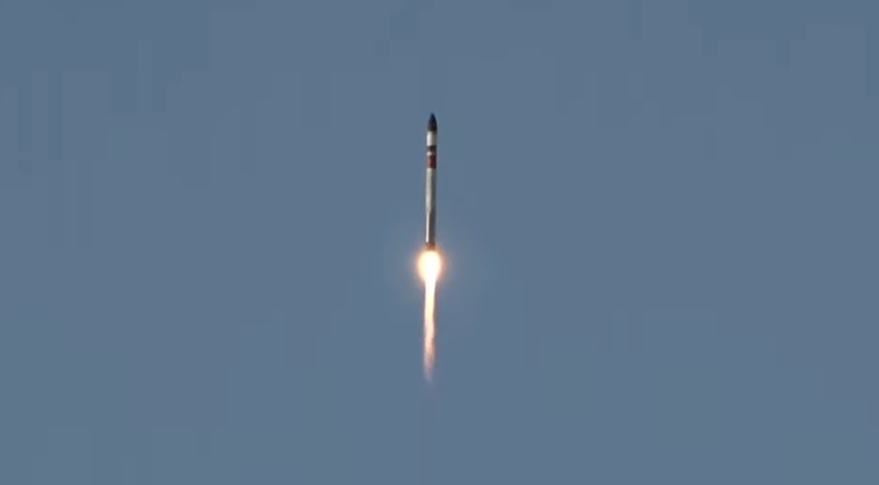Rocket Lab has successfully launched the Swedish MATS satellite into orbit using its Electron carrier. However, an attempt to catch the degree of the rocket by helicopter did not take place. Engineers will get it out of the sea.

Rocket Lab launched a Swedish satellite
The orbital operator Rocket Lab launched its Electron carrier on November 4 at 8:27 a.m. GMT+2. With its help, the Swedish MATS satellite, developed by the National Space Agency, was put into orbit. Approximately an hour after the launch, it successfully separated from the upper stage.
Interestingly, at first the 54-kilogram satellite was planned to be launched with the help of the Russian Soyuz. However, due to the large-scale invasion of Ukraine, Sweden abandoned these plans. It was Rocket Lab that put it into orbit at a height of 585 km.
The mission was called “Catch Me If You Can”. Within its framework, an attempt was made to catch the lower degree of the rocket using a hook attached to the helicopter. In April of this year, Rocket Lab had already successfully performed this operation.
Why didn’t the company catch the rocket
However, this time the broadcast from the helicopter did not show the lowered degree. Rocket Lab almost at the last moment refused to make a deal and did not even try to catch it. Instead, this part of the carrier will be caught in the sea, which is a regular emergency option for its return to Earth.
This mission was supposed to be Rocket Lab’s last before they tried to reuse the lower degree of the rocket for launch, making their system partially reusable. However, this would only happen if it could be caught in the air again.
The reason why the company abandoned the deal at the last moment was the loss of telemetry from the aircraft when it entered the atmosphere. At first, it was decided to lift the helicopter into the air, but in the end it was decided that it was too dangerous to try to hit it with a hook without transmitting data from the rocket.
According to spacenews.com
Follow us on Twitter to get the most interesting space news in time
https://twitter.com/ust_magazine

